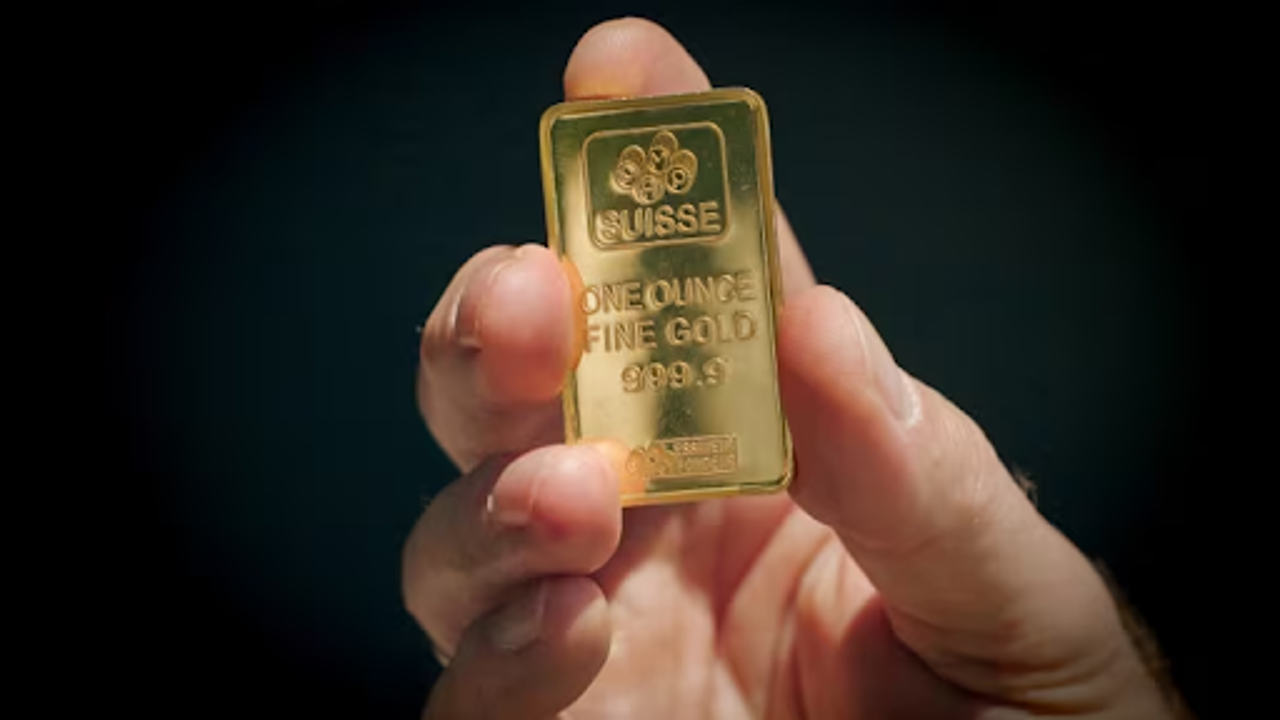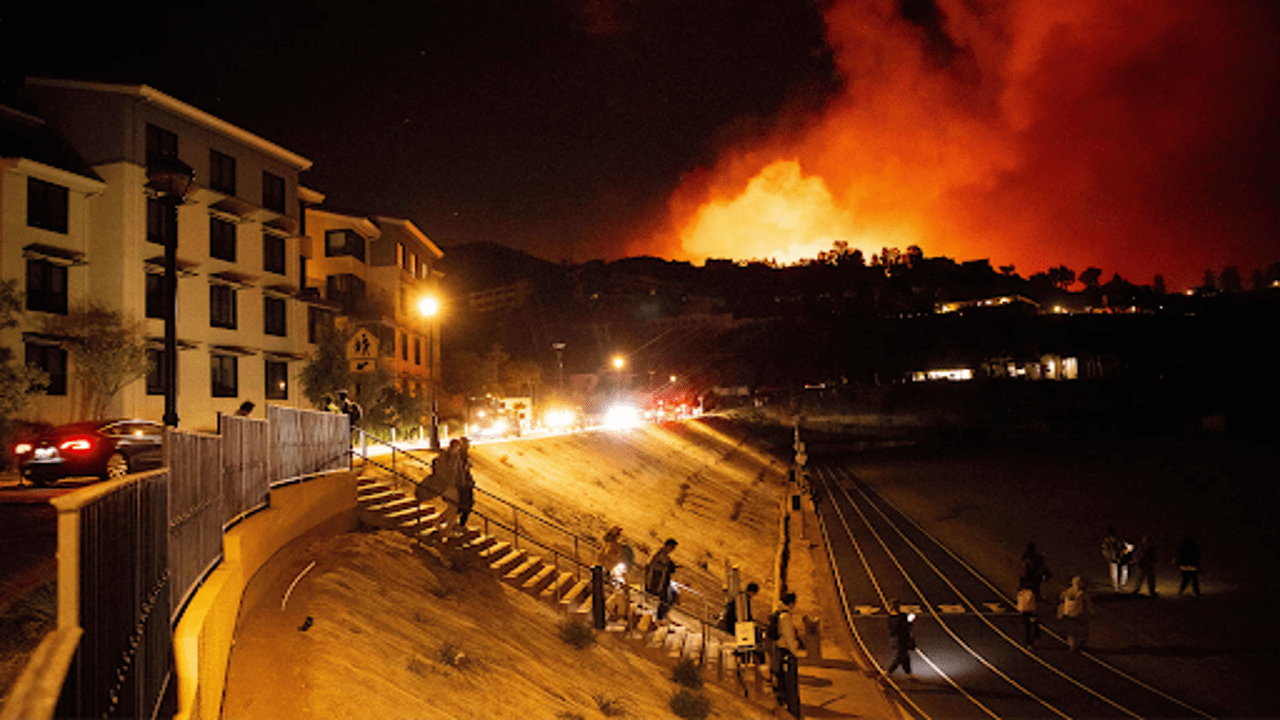
A replica of a 31.1 gram gold bar. Peel Police revealed that the gold stolen from Toronto's Pearson Airport in April 2023 included 6,600 small bars. (Turgut Yeter/CBC News)
In April 2023, 400 kilograms of gold were stolen in a bold robbery at Pearson Airport near Toronto. The thieves used a white five-ton truck to transport the gold, which vanished from view after leaving the Air Canada Cargo terminal. Despite extensive investigations, including checking 225 homes and businesses for security footage, police were unable to track the truck's journey after it exited Highway 401 near Milton, Ontario.
This theft stands as the largest gold heist in Canadian history and the sixth largest globally. However, details about the robbery remain scarce. It wasn't until a year later that Peel Police held a significant press conference announcing the arrest of nine individuals, with three more suspects still at large.
During the press conference, with the white truck prominently displayed, police and local officials emphasized the connection between stolen gold and organized crime, suggesting the gold had been melted down to finance the purchase of firearms. Detective Sergeant Mike Mavity stated that the gold had likely been converted into guns, now on Canadian streets.
Yet, many crucial details were omitted from the briefing. There was no explanation of the specific charges against the suspects or the identity of the criminal organization involved. Moreover, the method of melting down the gold remained unclear. Notably, the stolen gold—valued at approximately $22.5 million CAD—has not been recovered.
A significant break in the case came in September 2023 when Pennsylvania state troopers stopped a car for having overly tinted windows. During the stop, the driver fled on foot, leading to the discovery of 65 firearms in the trunk. The driver, Durante King-McLean, was wanted in Canada and allegedly drove the truck during the gold heist. The seized firearms, purchased with proceeds from the heist, were not particularly valuable, totaling around $47,000 CAD.
David Soud, a security consultant, questioned the rationale behind using a high-profile gold heist to finance gun smuggling. He noted that there are more efficient ways to bring guns from the U.S. into Canada than staging such a dramatic robbery.
Compounding the mystery, the estimated value of the stolen gold appears to be significantly understated. While police and involved parties valued the gold at about CAD 20 million, market prices at the time of the theft suggest it was worth over CAD 34 million, rising to nearly CAD 41 million today. This discrepancy remains unexplained.
As the investigation progressed, Peel Police charged Ali Raza, a jewelry store owner, with possessing property obtained by crime. They presented evidence of six gold bangles, worth $89,000, along with melting equipment believed to have been used to process the stolen gold. However, experts like Andrea Wenckebach, a goldsmith, argue that melting such a large quantity of gold by hand would be an arduous task, taking days of continuous work.
Despite the arrests and the recovery of some cash and a few gold items, most of the stolen gold remains missing. Experts believe the gold is no longer in Canada, with likely destinations being markets in Dubai and India, known for their substantial illicit gold trades. India, in particular, is a major consumer of gold, with a significant portion coming from illegal sources.
The likelihood of recovering the stolen gold diminishes as time passes. Once gold is refined and mixed, it becomes nearly impossible to trace, making recovery efforts futile.















